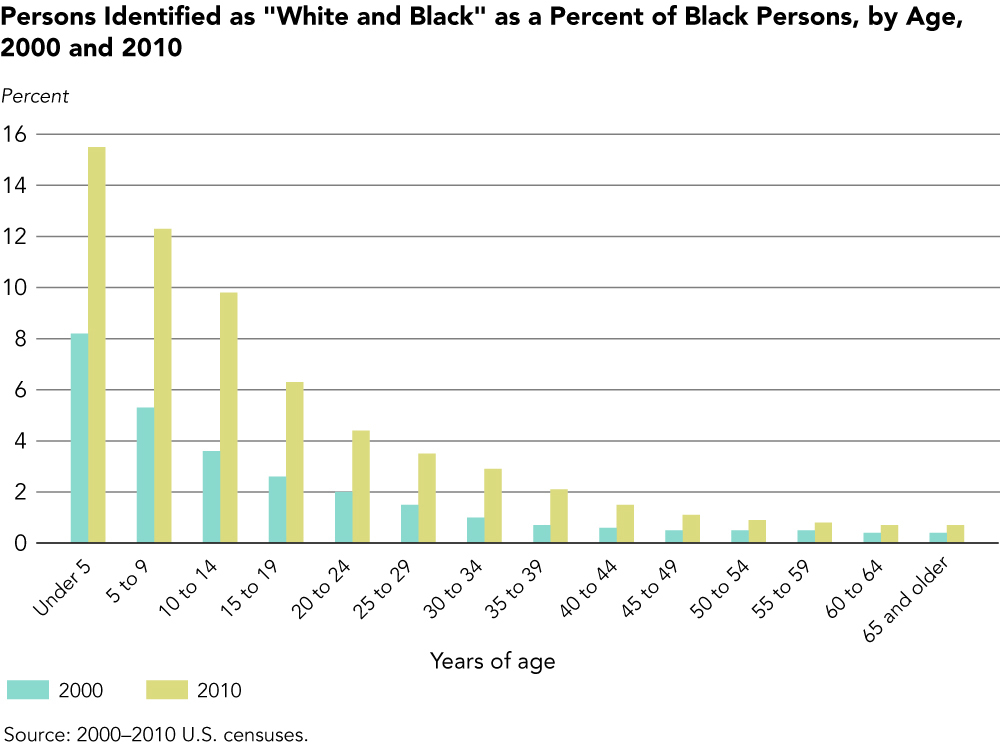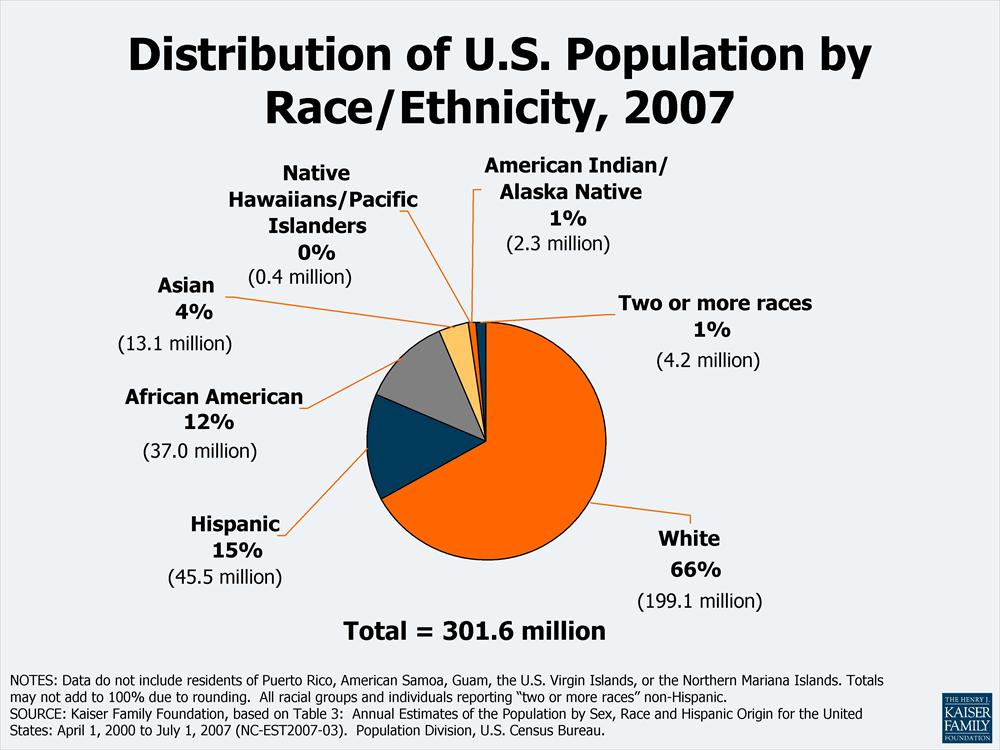
ĭeputy Secretary of the Treasury Wally Adeyemo emphasized this argument in his September 2021 blog post: “The exclusion of communities of color from the ladder of economic opportunity holds back economic growth for the entire country. Steven Ruggles, Sarah Flood, Sophia Foster, Ronald Goeken, Jose Pacas, Megan Schouweiler and Matthew Sobek. For data before the 1980 decennial census, Hispanic is imputed by IPUMS. Prior to the 1980 decennial census, individuals were not directly asked about whether they were of Hispanic origins. The remaining groups exclude anyone of Hispanic ethnicity. Notes: Hispanic refers to anyone of Hispanic ethnicity, regardless of race.

Especially as the country becomes more racially diverse (see Figure 1), inequality poses an ongoing threat to our individual and collective economic welfare.įigure 1: Changing Racial and Ethnic Composition of the U.S. The economic cost of racial inequality is borne not just by the individuals directly faced with limited opportunities, but also has spillovers to the entire U.S.
#Percentages of races in america series
In a series of blog posts over the coming months, we will focus on the economic argument for reducing racial inequality. There are, of course, moral, legal, microeconomic, and other reasons to promote a more just and equitable society.

Furthermore, some economic policies that would directly benefit Americans of all races and ethnicities have been undermined by zero-sum arguments that play to fears that one group will benefit at the expense of another. As a result, the legacies of structural racism continue to hamper economic growth for everyone. Our economy as a whole cannot be as productive as possible unless all individuals are given the opportunity to be as productive as possible. This has impacted the ability of communities of color, rural communities, and other historically marginalized people to fully participate in and benefit from the nation’s prosperity. These focus areas are all aimed at increasing economic growth and addressing longer-term structural problems, particularly inequality.” 2 This reflects a recognition that despite an aim to advance economic growth, many policies in areas such as access to the labor market, housing, and infrastructure have not benefited all Americans.

In her January 2022 remarks at the 2022 ‘Virtual Davos Agenda’ hosted by the World Economic Forum, Secretary of the Treasury Janet Yellen stated, “A country’s long-term growth potential depends on the size of its labor force, the productivity of its workers, the renewability of its resources, and the stability of its political systems.” This concept underpins the Biden Administration’s economic growth strategy, which Secretary Yellen has coined “modern supply side economics.” According to Secretary Yellen, modern supply side economics “prioritizes labor supply, human capital, R&D, and investments in a sustainable environment. This includes racial disparities in wealth, education, employment, housing, mobility, health, rates of incarceration, and more. While the discussion of racial inequality in the United States is often focused on economic inequality, racial inequality also manifests itself in a multitude of ways that alone and together impact the well-being of all Americans.

Racial inequality is the unequal distribution of resources, power, and economic opportunity across race in a society. By: Counselor for Racial Equity Janis Bowdler and Assistant Secretary for Economic Policy Benjamin Harris


 0 kommentar(er)
0 kommentar(er)
